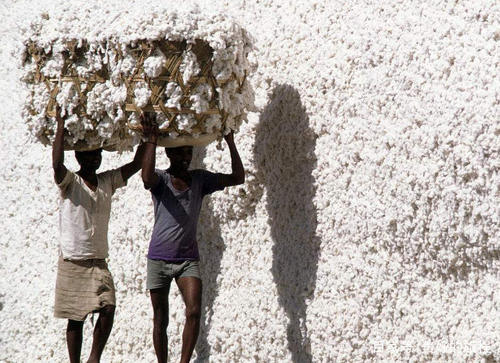Why does the Indian cotton price hit a five-year high?
Jan 28, 2021 | by Zhao xh

According to feedback from some Indian cotton companies and international cotton merchants, although the main ICE cotton futures contract fluctuated around the 80 cents/lb and the rise in the U.S. dollar index led to a phased correction in commodity futures, CAI forecasted the total output of Indian cotton in 2020/21 would increase from 35.6 million bales to 35.85 million bales, but Indian MCX futures and domestic cotton prices continued to rebound, and the S-6 quotation rose to a new high in the past five years.
Why did the Indian cotton price hit a five-year high? The views of some organizations and cotton-related enterprises are summarized as follows:
First, since mid-December, India’s cotton yarn has not only been booming in production and sales (some varieties are even in short supply), but also the price has risen strongly, the cotton spot and MCX follow up. China, Vietnam, Turkey, Bangladesh and other countries have been very active in recent contract purchases of Indian cotton yarn.
Second, CCI continues to raise the bottom price of cotton sales, and the number of daily auctions declines. Hunger marketing has triggered international cotton merchants and Indian cotton textile companies to actively bid and obtain goods, which supports Indian cotton futures and spot prices.
Third, the Cotton Association of India (CAI) and other institutions proposed to the Modi government to introduce incentive measures for the export of cotton and yarn, so as to enhance the international competitiveness of fancy yarn.
Fourth, the impact of the pandemic on India’s economy, production, trade, and transportation has been reduced. The production capacity of cotton textile and clothing enterprises has rebounded (the equipment load of some large and medium-sized manufacturers has reached 85% or even more than 90%), and cotton consumption and demand have continued to pick up. CAI predicts that India’s domestic cotton consumption will be 33 million bales in 2020/21, an increase of 8 million bales from the previous year, an increase of 32%, which shows that government departments and market sentiment are relatively optimistic.
Fifth, the depreciation of the Indian Rupee stimulated the acceleration of exports of cotton, cotton yarn and other products, which continued to benefit cotton prices. India is slowly recovering from the recession caused by the pandemic. Because of the Fed’s unlimited monetary easing policy and fiscal stimulus, passive devaluation of the Rupee has become the norm.








